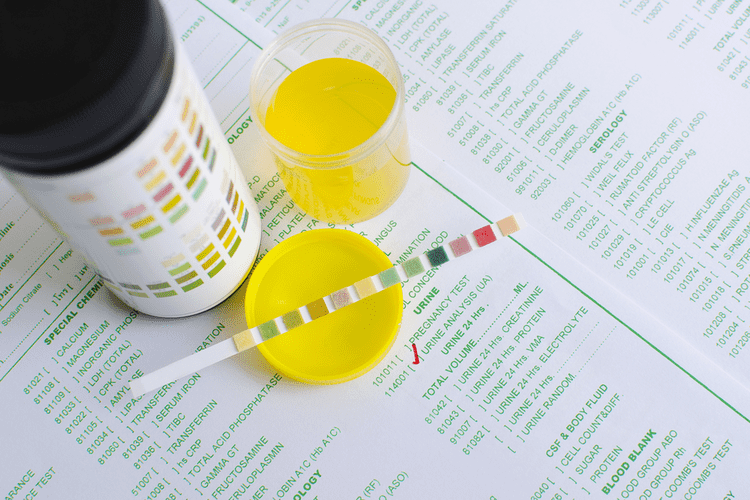Sober Living Recovery Homes: Finding Sober Living Near Me
Higher levels are more intense as the degree of addiction is more life-threatening. Sober living program may last around 6 to over a year but recovery lasts a lifetime. Residents in support groups get guidance from all types of individuals in recovery. Sober living home residents usually have to attend a peer support group.

Always look for a home that has been certified by the Commission on Accreditation of Rehabilitation Facilities. Lists meeting quality criteria are available at the National Alliance on Recovery Residences website. Limited availability can make it difficult https://ecosoberhouse.com/ for those seeking recovery to find a sober living home that meets their needs and budget. Some sober living homes are prohibitively expensive for many individuals, while others may lack the necessary amenities or programs to support long-term recovery.
Dual Diagnosis: A Guide to Co-Occurring Mental Health Disorders & Addiction
These resources can help individuals reintegrate into society and build a stable, substance-free life. Regular accountability also helps to build trust and strengthen relationships among residents. Living with others who are committed to maintaining sobriety can create a strong sense of community and support, which is essential for long-term recovery. Ultimately, the decision to live in a sober living home will depend on the individual’s unique needs and circumstances. It’s important to carefully consider the pros and cons before making a decision, and to explore all available options for support and recovery. Overall, sober living homes are a great choice for anyone who is serious about overcoming addiction – the more struggles you’ve had getting and staying clean, the more you may benefit from a Recovery Residence (RR).
If you’re having a hard time adjusting to a sober life, reach out to a mental health professional who specializes in addiction and substance use. While some may be hungry to integrate back into society after a stint in a treatment program, there is an expectation that you will remain an active participant in the home and follow its rules. Some sober living houses may be placed in neighborhoods with high crime rates. Prices vary for staying in halfway houses, but most of the time it costs about the same as it would cost to live in a modest apartment or home. Residents have to pay rent on time, but they do not have to pay first and last month’s rent.
New York City, NY Sober Living Environment
He noted that Russia had suffered 25,000 casualties in the east over two months, most of them around Avdiivka. Florida residents will now be allowed to make reservations for state park cabins and campsites, including sites for RV, tent, boat, and equestrian camping, up to 11 months in advance. If you can’t safely move over, you are required to slow down to a speed 20 mph less than the posted speed limit (or to 5 mph if the speed limit is 20 mph or less) or risk a fine, fees and points on your driving record.
Payment plans, scholarships, grants and government-funded programs may be available for residents facing financial hardship. Organizations that offer SLH scholarships include CLEAN Cause Foundation and Ben Meyer Recovery Foundation, per Dr. Kennedy and Clark. A Level II recovery residence assigns a house manager or senior resident to oversee the workings of the house and has at least one paid staff member. Level II includes the services of a Level I home as well as peer-run group and self-help and/or treatment. Halfway houses traditionally serve individuals recently released from incarceration, acting as a halfway point between prison and their own residence.
Sign up for text support to receive:
In addition, regular accountability can help residents develop the skills they need to maintain sobriety outside of the sober living home. For example, learning to adhere to a set schedule or routine can help individuals create structure and stability in their daily lives, which can be essential for avoiding triggers and temptations. Returning home immediately following rehab can threaten the sobriety of even the most determined individuals. In early recovery, stressors and triggers, including unhealthy relationships, unemployment, financial difficulties, and housing insecurity, significantly increase the risk of relapse. As you complete an outpatient or inpatient program, consult with your treatment team to see if a sober living home or a halfway home is a good choice for your next step in your recovery. While living in a recovery residence, individuals are encouraged to find work, study, or participate in volunteer opportunities.

Having a solid support system and a safe living environment allows residents to grow, and to get the accountability they need to sustain sobriety. Living in a halfway house is generally cheaper than living in a residential rehab because the staff what are sober living homes provides fewer services. These sober residences, though each will have some differences, allow individuals to continue working on their recovery after they have completed inpatient addiction treatment while easing back into their regular lives.
